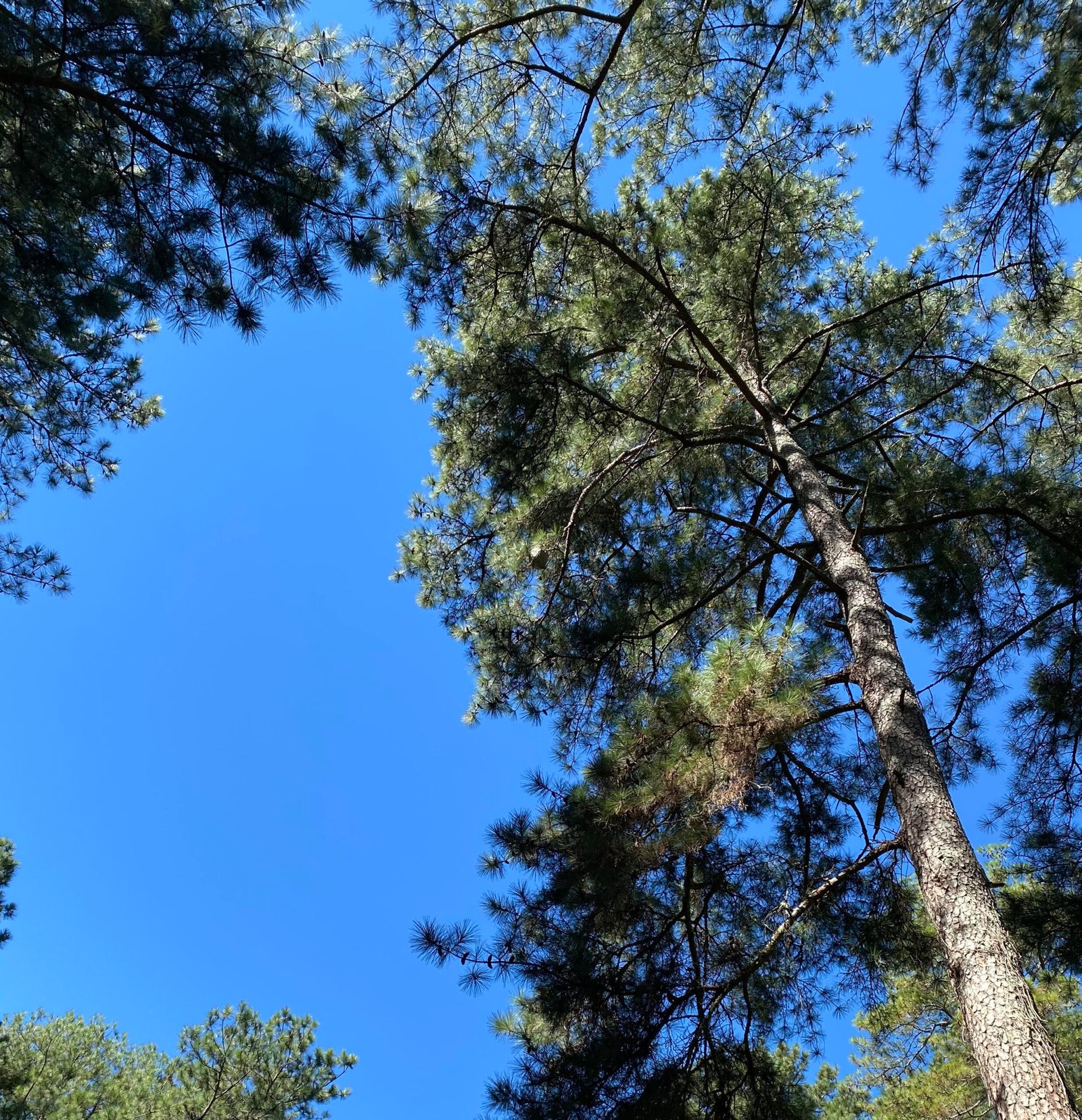
Protecting your pines from brown spot blight is especially important this spring as brown spot needle blight emerges in west Alabama. Brown spot needle blight has spiked after a stretch of cool, wet weather that helps the fungus spread. Loblolly pines typically “green back up” once daytime highs climb into the 80s, but repeated needle loss can weaken trees and invite bark beetles.
How to Monitor Your Loblolly Pines
Starting now and continuing through June, conduct a quick inspection of the lower branches of your trees every two to three weeks. Binoculars can be very helpful when examining taller trees. Look for any signs of browning in the needles. If you notice browning, it’s recommended to rake up and dispose of any fallen needles. Additionally, consider trimming a few crowded limbs to enhance air circulation around the tree.
The Long-Term Impact of Needle Loss
Most trees can recover from minor needle loss on their own. However, repeated damage can weaken them and attract pests like bark beetles. These insects bore into stressed trees, further damaging trunks and branches. Regular monitoring and quick action against brown spot needle blight can help keep your pines strong and healthy.
For full details, see the original AFC advisory: Alabama Forestry Commission Warns of Brown Spot Needle Blight
